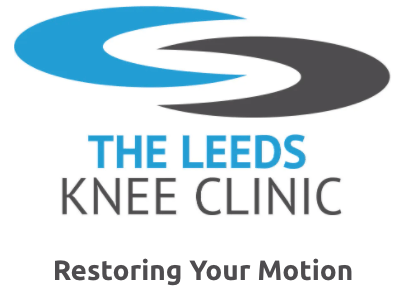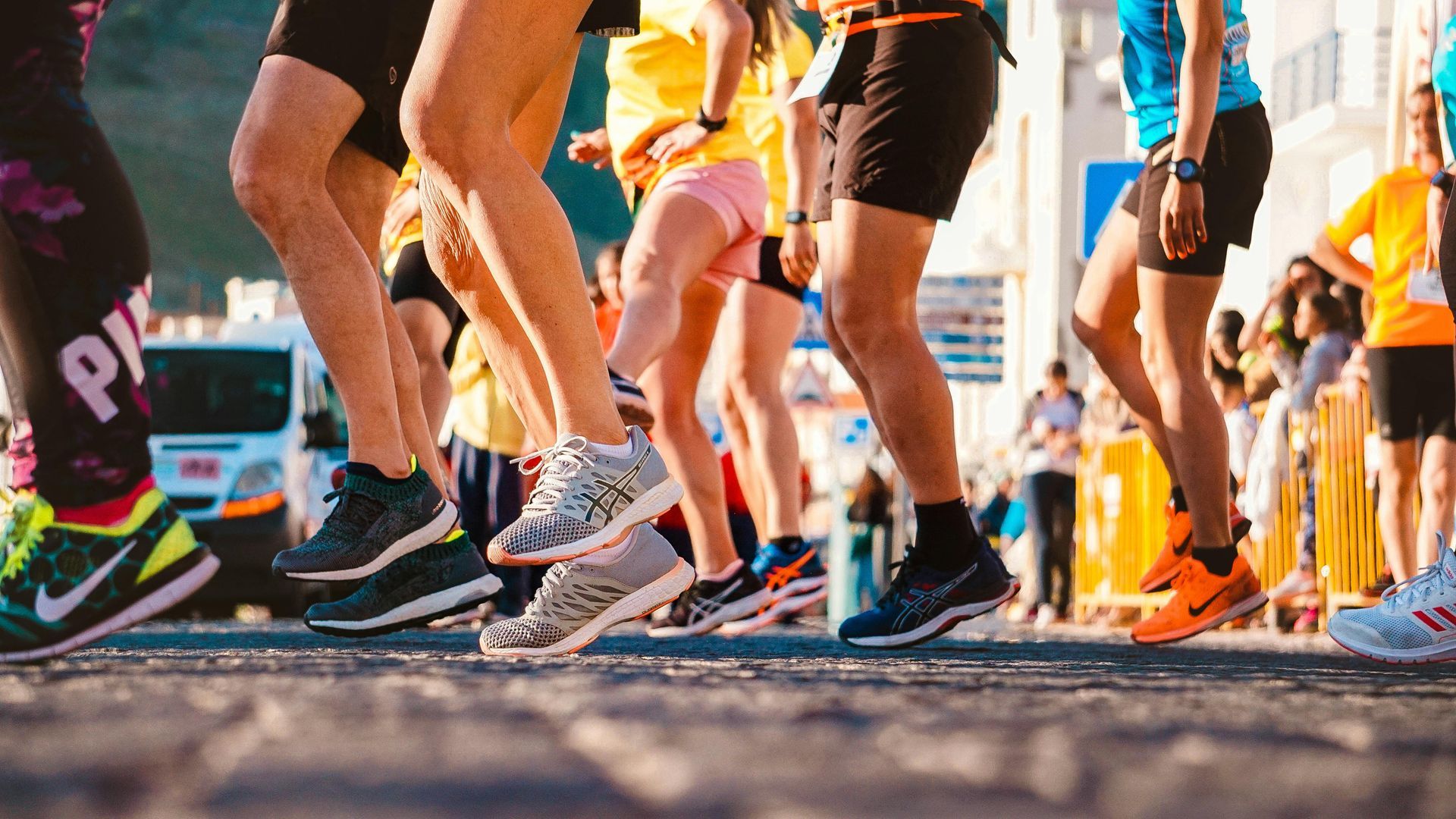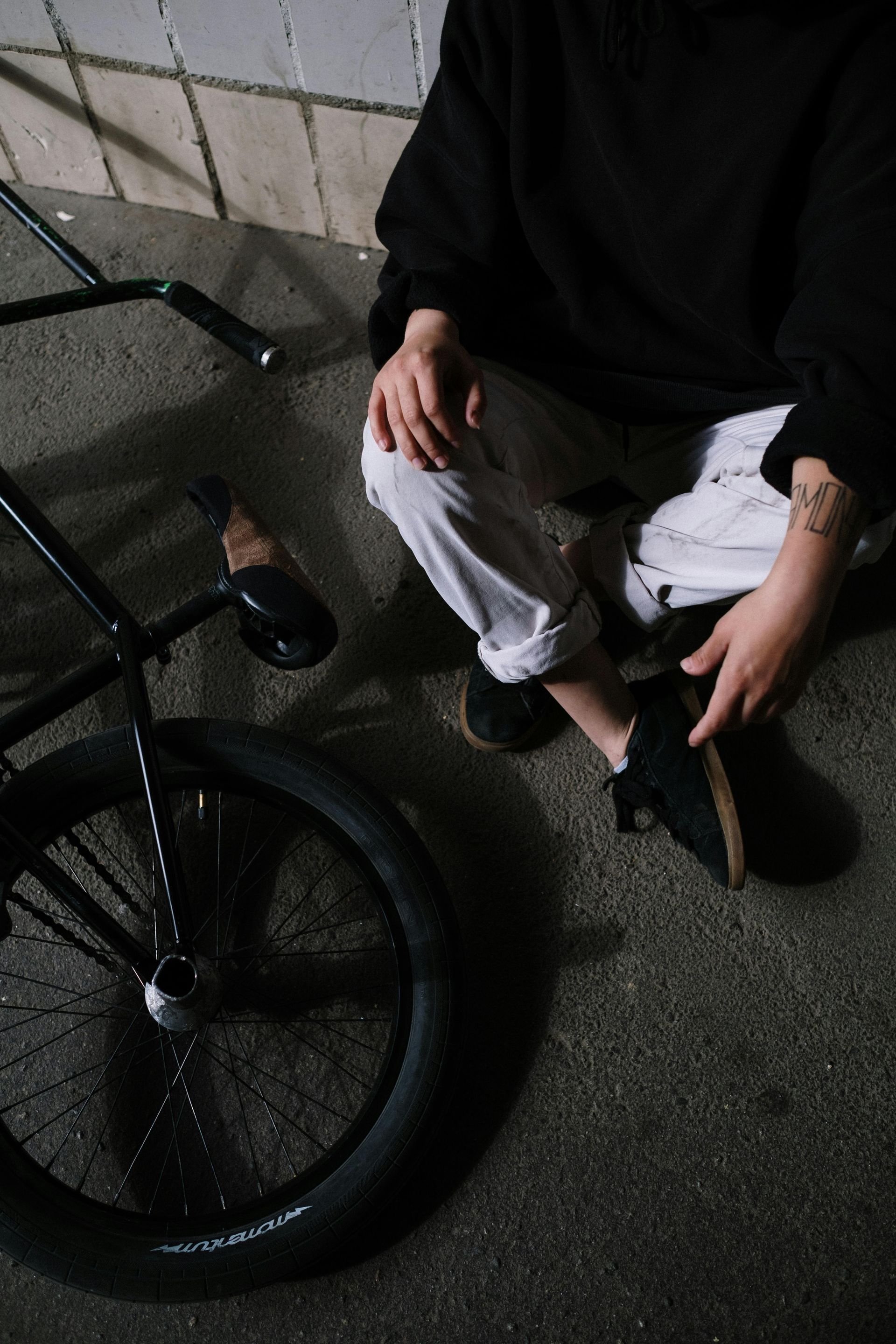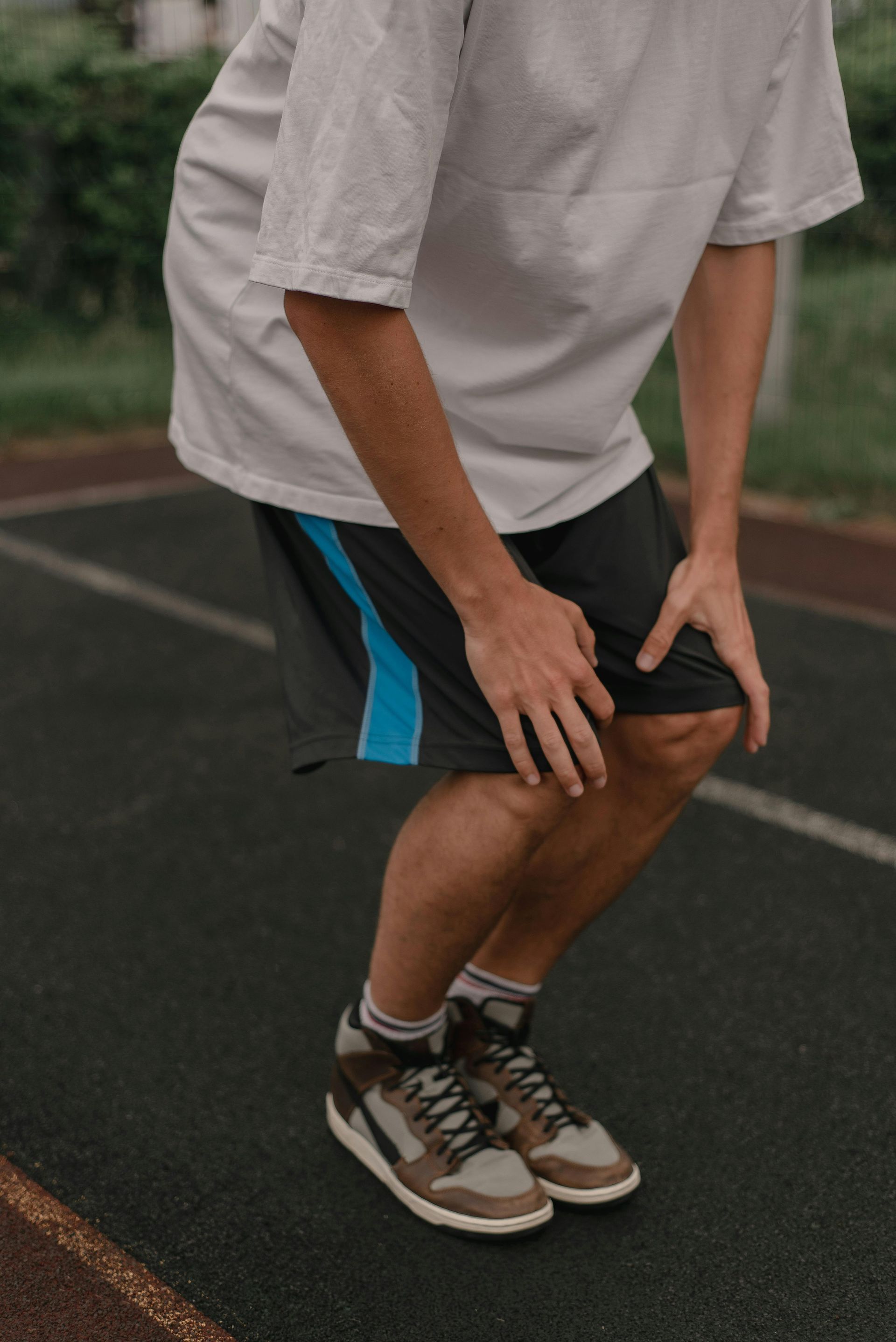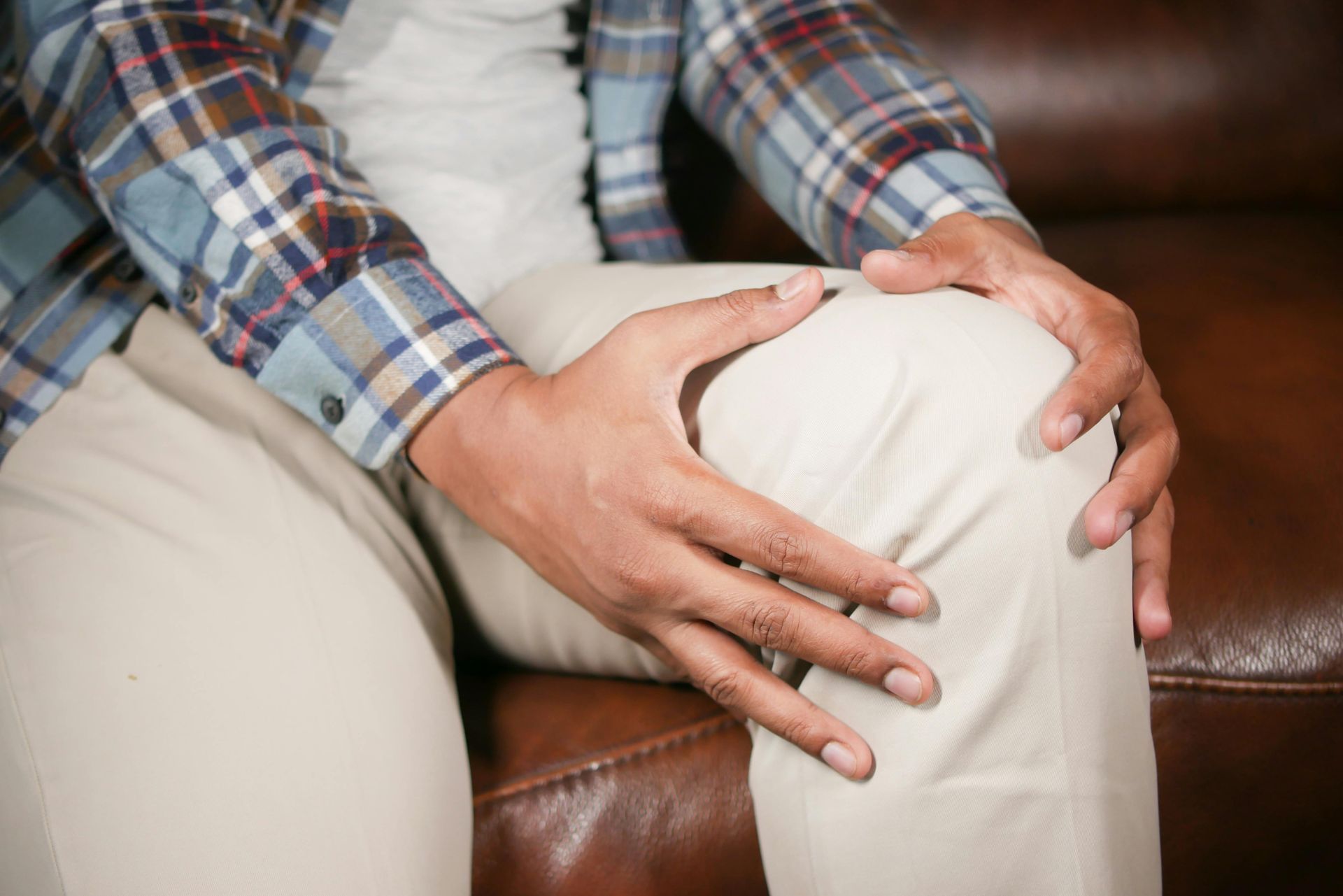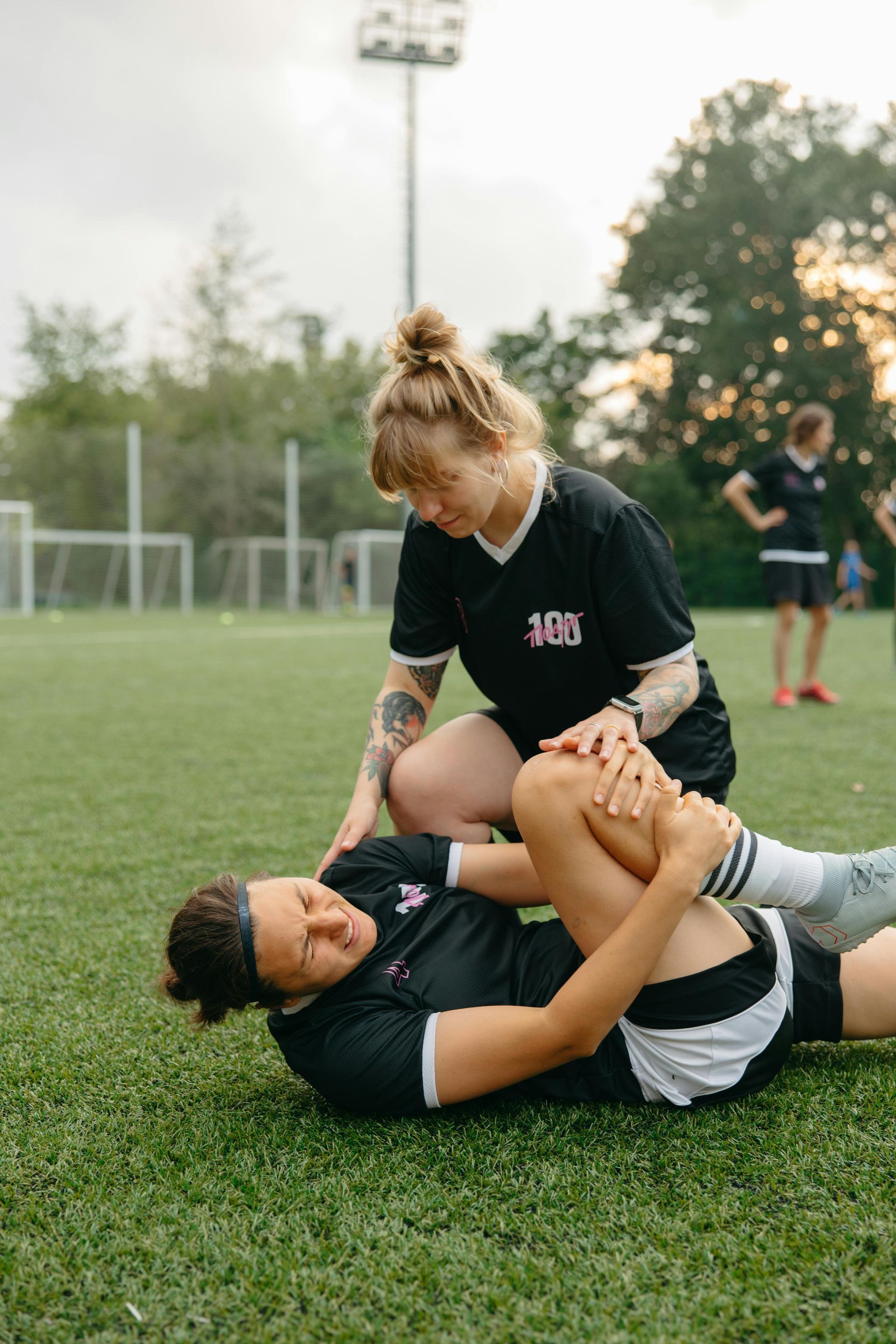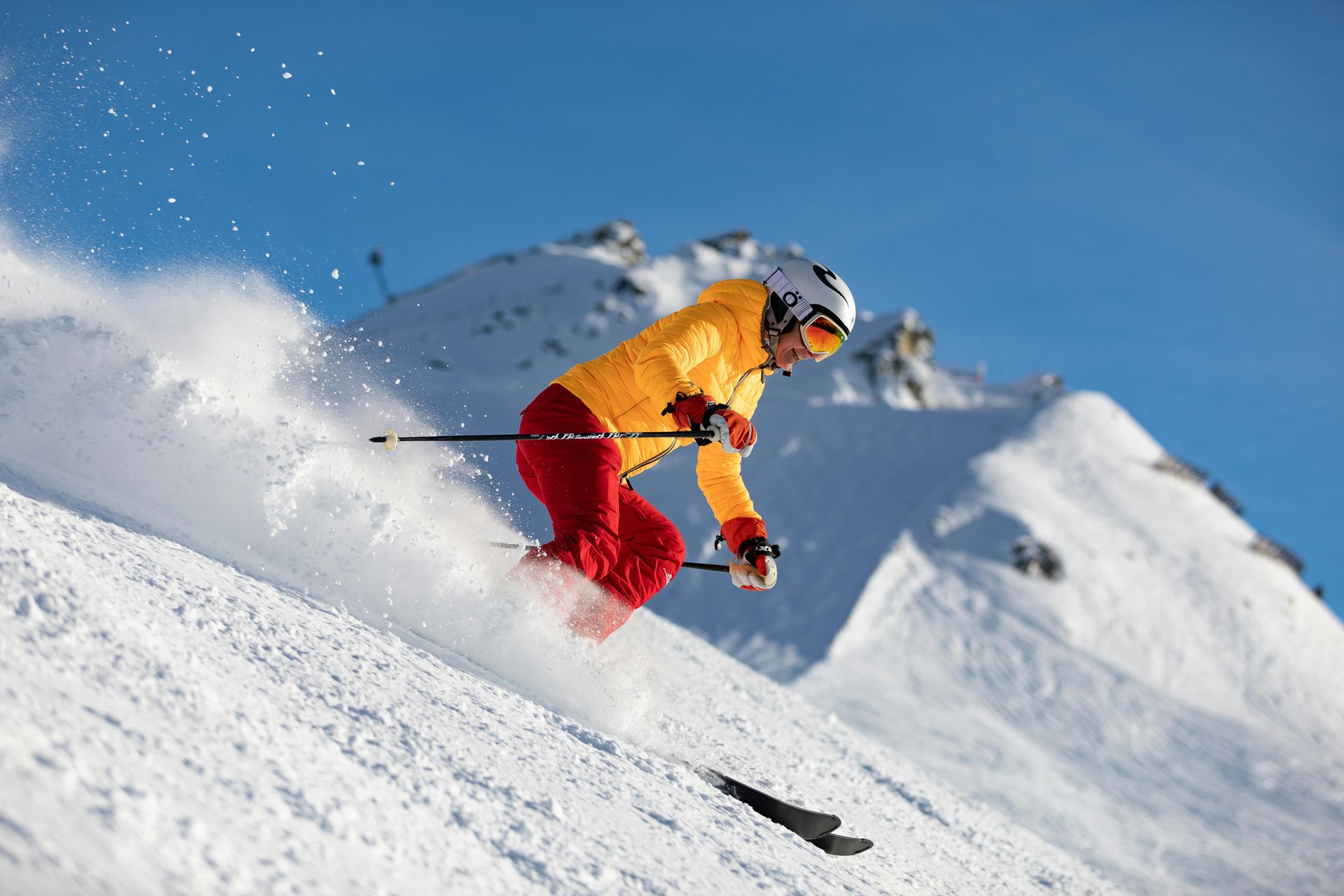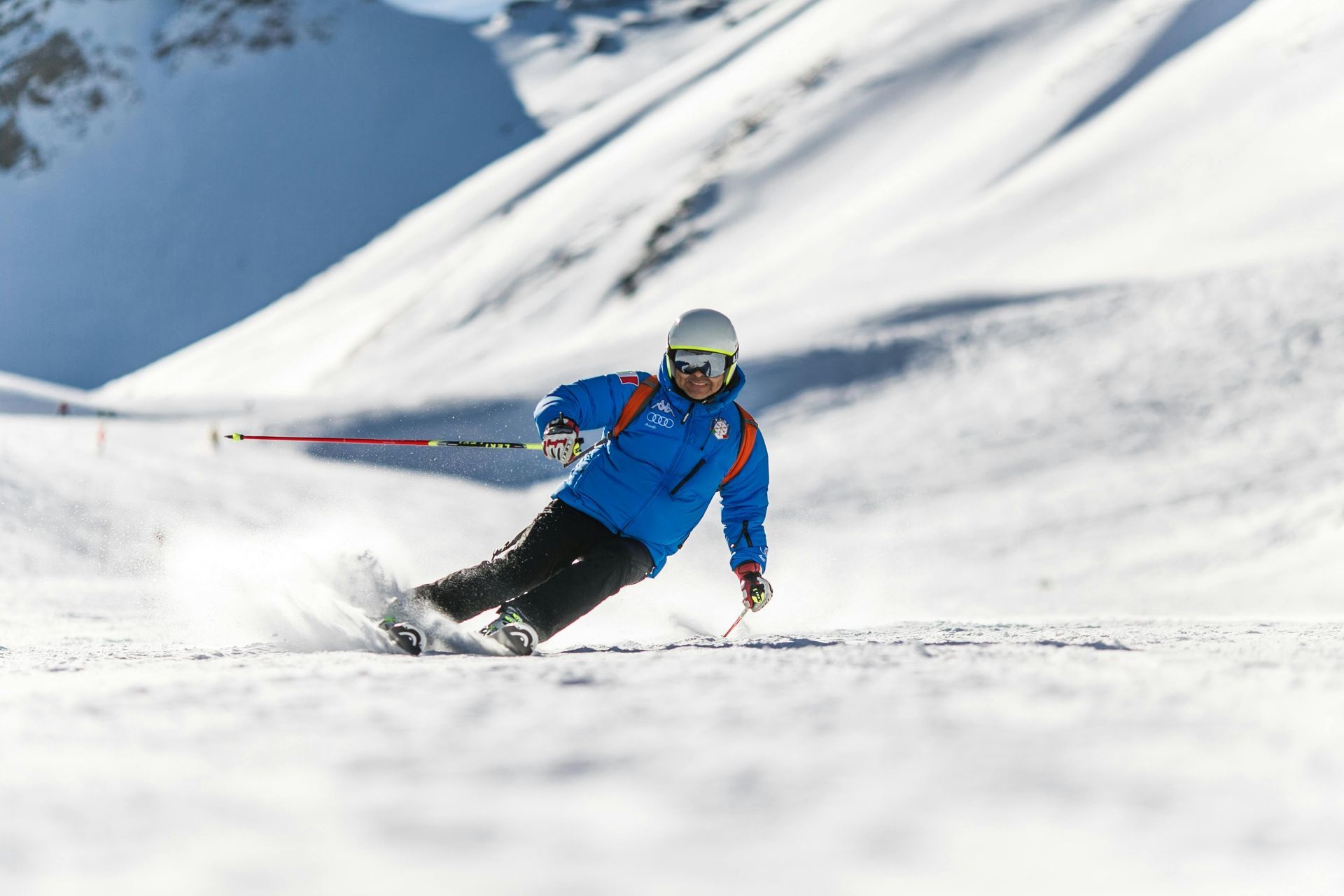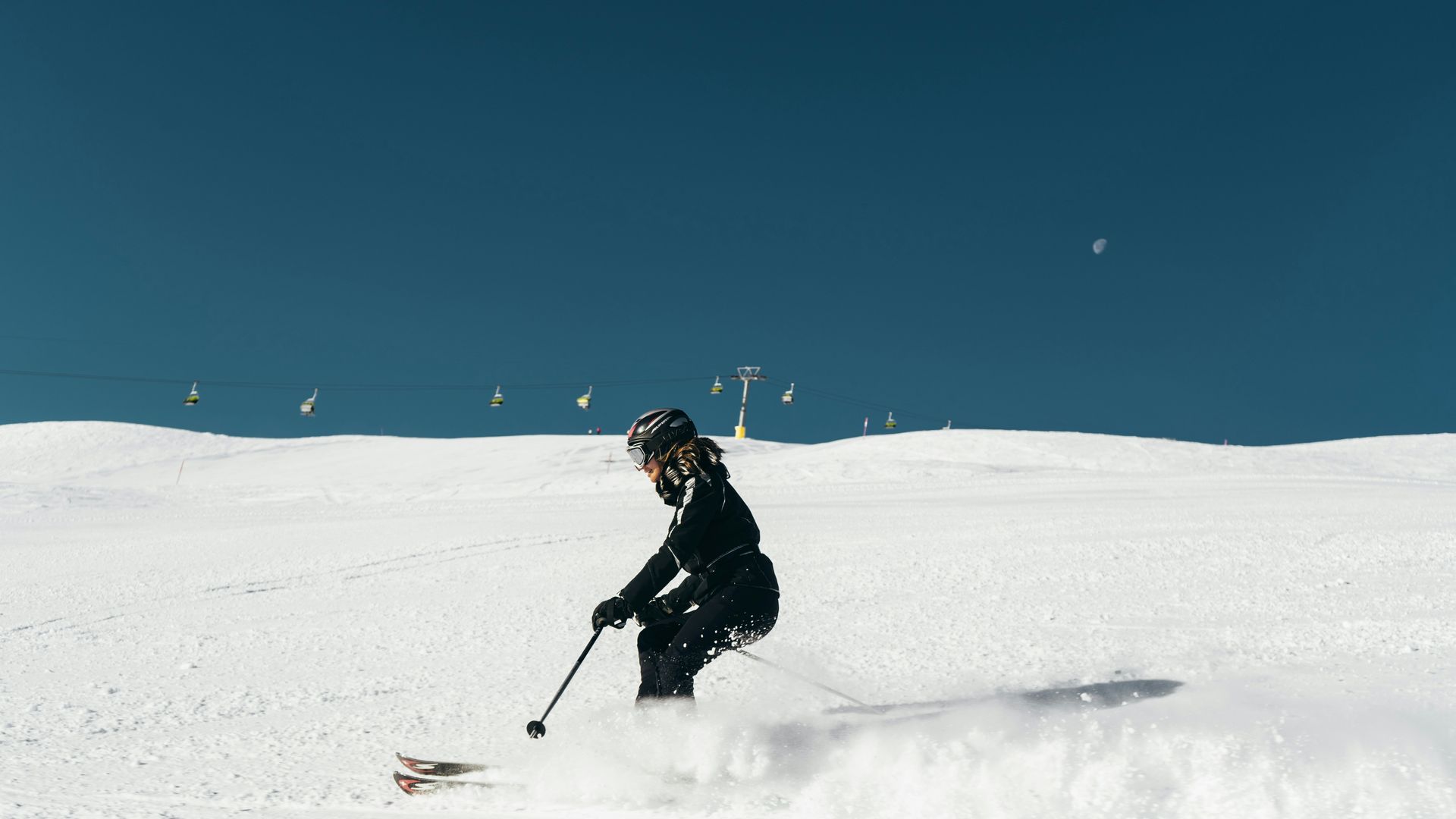Osteoarthritis - 3 Activities To Reduce Pain
Osteoarthritis is the most common form of arthritis in the UK and one that is becoming increasingly common as life expectancy improves and health problems such as obesity are on the rise. Those that suffer from osteoarthritis are currently upwards of 10 million in the UK alone with around 5.4 million suffering from knee osteoarthritis in particular. As the name suggests, osteoarthritis is arthritis of the joints and leads to stiffness, swelling and all-around discomfort in the knees, hips and other joints.
Not all osteoarthritis is severe and not all cases are the same but osteoarthritis is a major cause of discomfort, particularly for those over the age of 60. It then comes as a form of relief that there is continued research put into finding exercises and sports that are both suitable for reducing the pain and stiffness caused by osteoarthritis but also may help to reduce the chance of osteoarthritis developing in the first place. Now it should be noted that the exact causes of osteoarthritis are not fully understood and therefore there is no guarantees that doing any of the following will stop the chance of osteoarthritis but active exercise and building your knee muscles is a great way to reduce general knee pain and improve overall fitness so these are worth considering either way.
General low-impact exercise is
recommended for osteoarthritis because it helps increase blood circulation around your knees while also helping to keep the joint active. The below exercises and sports are commonly recommended and recent studies have shown that the following activities have a noticeable effect on knee strength as well as reducing knee pain.
Swimming
Swimming is a popular activity for aching bones and muscles and is one heavily recommended for people recovering from major injuries. Swimming is a low-impact sport and one that can be done at your own pace. Water walking is a popular technique and water aerobics classes are becoming commonplace at most swimming baths, allowing for a communal feel that many enjoy. Swimming helps to increase circulation, the water reduces impact on the joints and exercising in warm water allows for a smoothing and relaxing experience, especially if you have particularly stiff joints. Swimming has been found to both help reduce swelling and pain caused by osteoarthritis as well as reduce the chances of developing the disease in the first place so it’s a worthwhile exercise to pick up alongside the many health benefits that swimming also provides.
Cycling
Cycling is the most recent exercise to have research done showcasing its value as both a preventative and
supportive measure for osteoarthritis. Cycling is a fun and incredibly popular activity for all ages and with a rich variety of bikes being developed to allow anyone to ride, it makes for an incredibly accessible sport for those suffering with joint stiffness. E-bikes and comfort bikes both allow for easier pedalling and there are a number of short, paved routes that make for easier, low impact exercise. Cycling is also an effective way to lose weight and this can help to reduce stress on your joints, reducing the chances of developing osteoarthritis.
Weight Training
Osteoarthritis is partly caused by weak muscles so strength classes are surprisingly effective at helping to reduce pain and stiffness caused by osteoarthritis. While these are best done with the support and guidance of a physical therapist or personal trainer as they can do more harm than good if not done in a safe and comfortable way, regular strength training can help to reduce the overall stiffness of the joints and can be a really effective preventative measure for older people looking to stay active at their own pace.
The above are three really useful exercises and activities that can help reduce the risk of osteoarthritis as well as helping those suffering reduce swelling and overall discomfort. Our knowledge of osteoarthritis is continually growing and the amount of recent research being done is a major positive in terms of helping to educate people on how best to take care of their knees and joints. Please consult the below links for useful information from arthritis awareness groups and charities for more information on anything discussed here.
- https://www.arthritis.org/health-wellness/healthy-living/physical-activity/other-activities/biking-exercise-arthritis
- https://www.arthritis.org/health-wellness/healthy-living/physical-activity/other-activities/hit-the-pool
- https://versusarthritis.org/news/2021/june/is-swimming-and-exercising-in-water-good-for-people-with-arthritis/
If you are struggling with knee pain, are concerned you might be developing arthritis or looking for treatment to make life with osteoarthritis easier, then please do get in touch. We'll be happy to provide you with
a friendly and professional consultation to discuss your concerns and recommend next steps. Book in today for appointments in Leeds!
